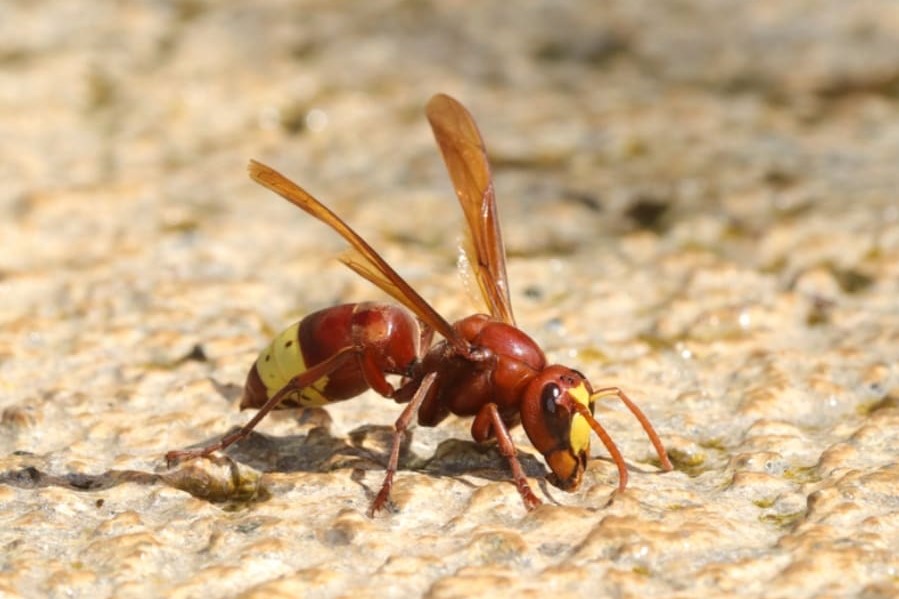
Allergies to stinging insects: anaphylactic reactions to wasps, polistines, hornets, bees
Allergies to stinging insects: in Italy, hymenoptera (wasps, polys, hornets, bees) are the insects potentially responsible for severe and sometimes fatal allergic reactions
Other arthropods (mosquitoes, horseflies, ticks) can only exceptionally induce allergic reactions, while their stings often cause inflammatory or infectious reactions.
Allergy to hymenoptera venom affects an estimated 3% of the population.
Approximately half of the stung subjects, after an initial allergic reaction, acquire spontaneous tolerance to the stings of the responsible insect, while in the other half of the subjects it is possible for severe reactions to occur with even potentially fatal outcome from anaphylactic shock.
Insect allergies, adverse reactions to wasp or bee stings that make one suspect an allergy belong to two categories:
- extensive local skin reaction with diffuse edema;
- general reactions in individuals who have become sensitized as a result of previous stings (hives, angioedema, abdominal cramps, nausea, vomiting, edema of the glottis, respiratory distress, loss of consciousness, cardiovascular collapse, and in some cases death).
The person who has experienced an anaphylactic event from a hymenoptera sting should be carefully considered not only for the single episode but especially for subsequent ones.
Insect sting allergies, correct information can save lives
Timely medical health intervention is vital: waiting to observe can waste valuable time.
All reactions, both extensive local reactions and especially systemic reactions, must be investigated thoroughly with an allergology diagnosis, referring the person to a center that specializes in the diagnosis and treatment of hypersensitivity states from insect bites.
Treatment of episodes is medical, when needed urgently the drug of choice is adrenaline
The person can be trained to self-administer the drug with automatic devices for the first need.
For individuals identified as allergic, the real preventive intervention is desensitization by specific vaccines administered in increasing doses.
Specific immunotherapy is found to protect more than 90 percent of treated patients from stings and is a “life-saving” therapy.
Restoring life safety to allergy sufferers involves a confluence of means, experience and motivation that unites the health care facility and the patient in a common agenda.
Read Also
Emergency Live Even More…Live: Download The New Free App Of Your Newspaper For IOS And Android
When Can We Talk About Occupational Allergies?
Nickel Allergy: What Objects And Foods To Avoid?
Food Allergies: Causes And Symptoms
Adverse Drug Reactions: What They Are And How To Manage Adverse Effects
Symptoms And Remedies Of Allergic Rhinitis
Allergic Conjunctivitis: Causes, Symptoms And Prevention
What Is And How To Read The Allergy Patch Test
Allergies: New Drugs And Personalised Treatment
Allergic Contact Dermatitis And Atopic Dermatitis: The Differences
Spring Arrives, Allergies Return: Tests For Diagnosis And Treatment
Symptoms And Foods To Avoid With Nickel Allergy
Contact Dermatitis: Can A Nickel Allergy Be The Cause?
Respiratory Allergies: Symptoms And Treatment


